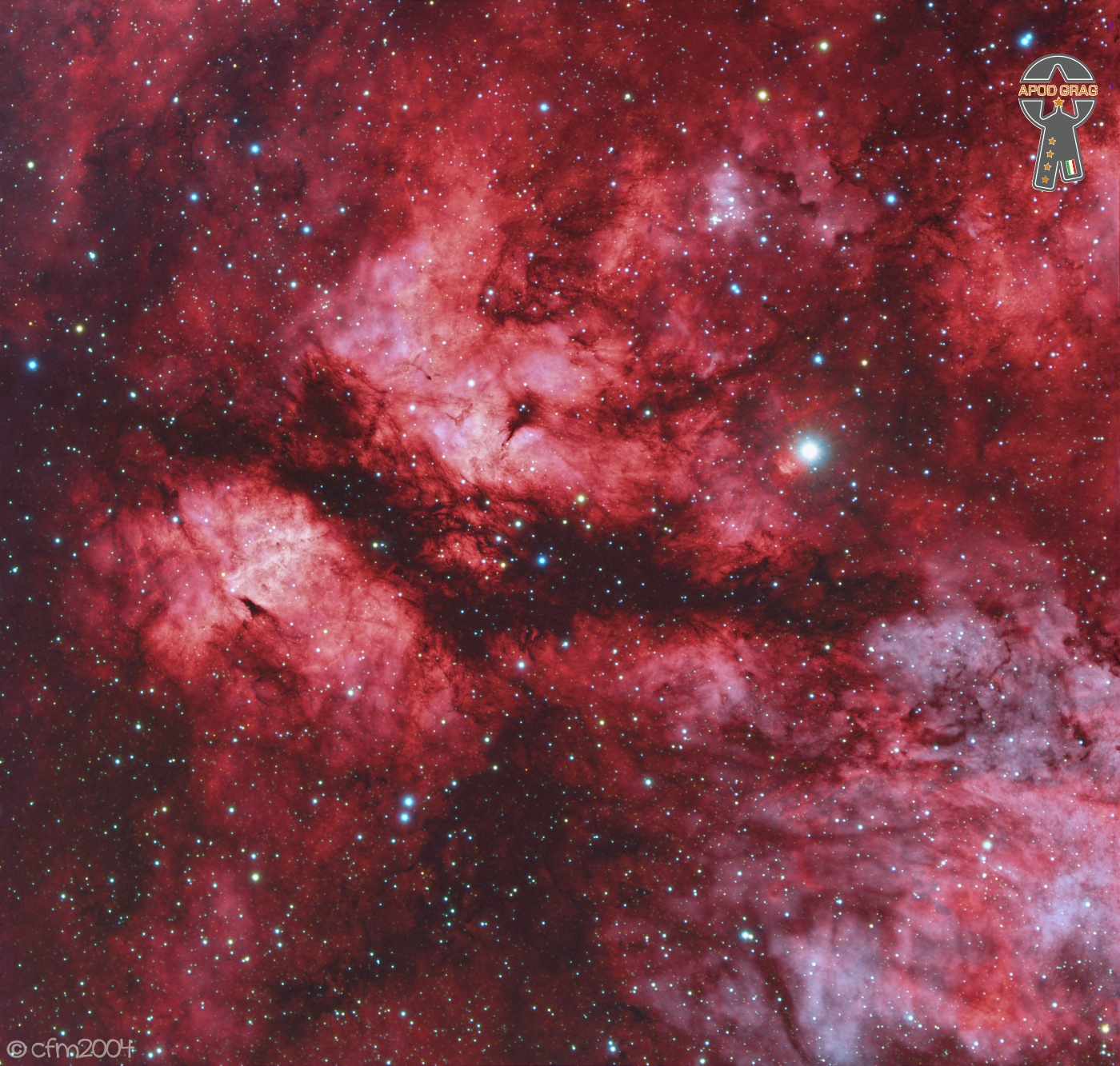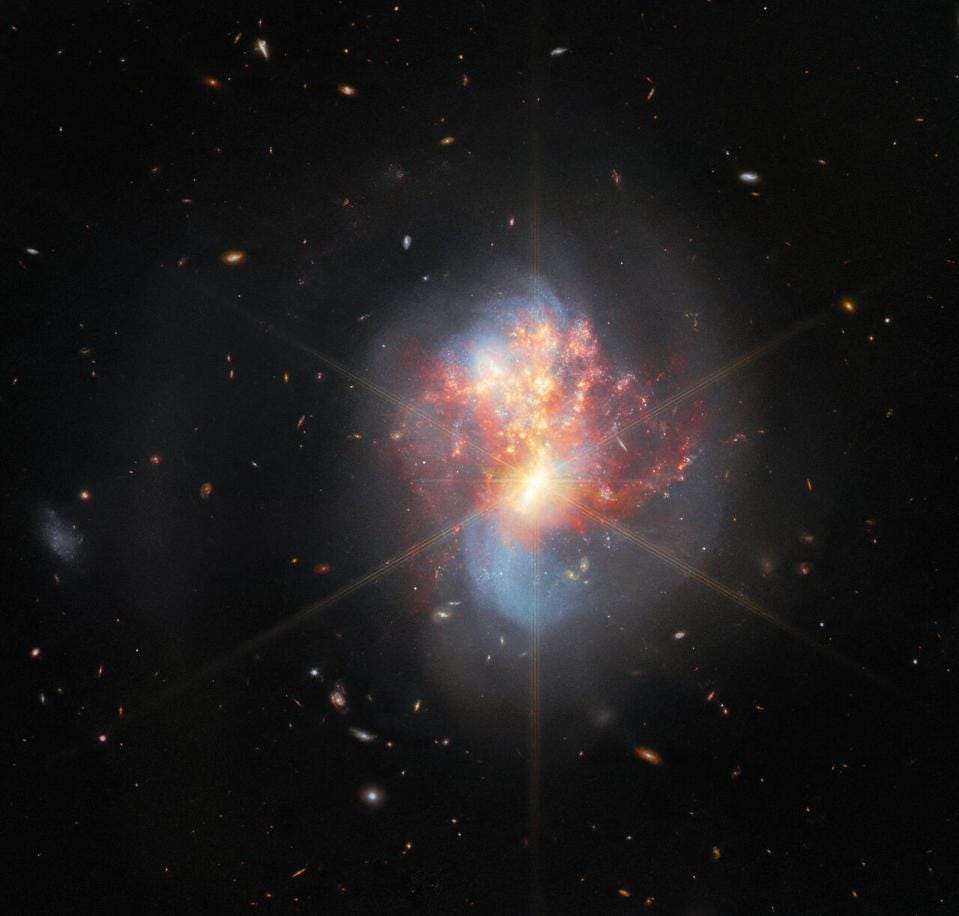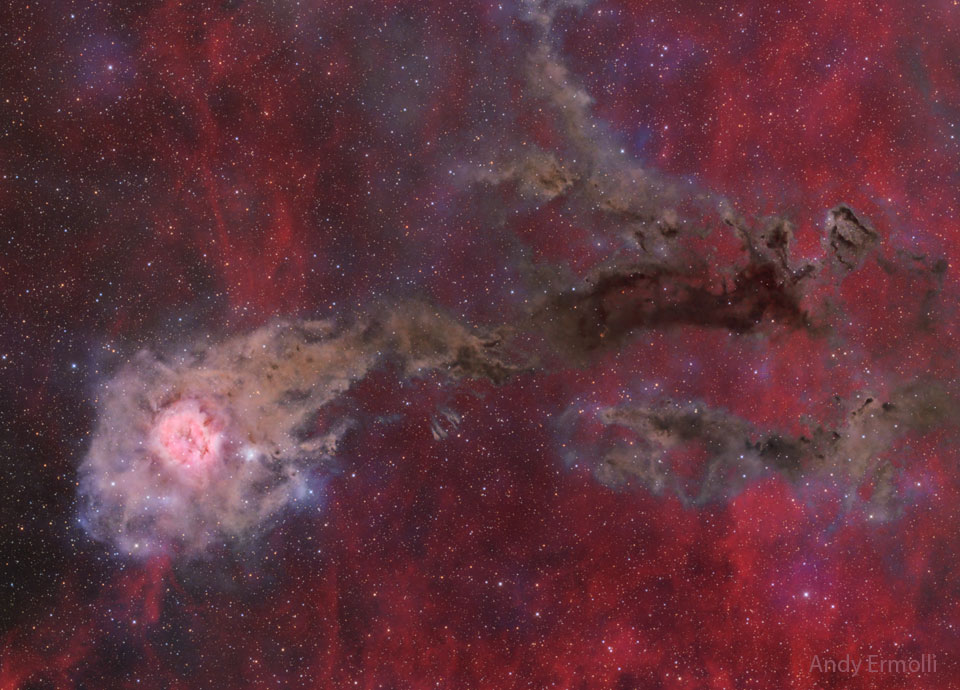Blog
Jerry Lee Lewis, the untamable rock ‘n’ roll pioneer whose outrageous talent, energy and ego collided on such definitive records as “Great Balls of Fire” and “Whole Lotta Shakin’ Goin’ On” and sustained a career otherwise upended by personal scandal, died Friday morning at 87.
The last survivor of a generation of groundbreaking performers that included Elvis Presley, Chuck Berry and Little Richard, Lewis died at his Mississippi home, south of Memphis, Tennessee, representative Zach Farnum said in a release. The news came two days after the publication of an erroneous TMZ report of his death, later retracted.
Of all the rock rebels to emerge in the 1950s, few captured the new genre’s attraction and danger as unforgettably as the Louisiana-born piano player who called himself “The Killer.”
Tender ballads were best left to the old folks. Lewis was all about lust and gratification, with his leering tenor and demanding asides, violent tempos and brash glissandi, cocky sneer and crazy blond hair. He was a one-man stampede who made the fans scream and the keyboards swear, his live act so combustible that during a 1957 performance of “Whole Lotta Shakin’ Goin’ On” on “The Steve Allen Show,” chairs were thrown at him like buckets of water on an inferno.
more...Performing at Mt Zion 630pm Shabbat for the Soul service.
more...Gamma Cygni (γ Cygni, abbreviated Gamma Cyg, γ Cyg), officially named Sadr is a star in the northern constellation of Cygnus, forming the intersection of an asterism of five stars called the Northern Cross. Based upon parallax measurements obtained during the Hipparcos mission, it is approximately 1,800 light-years (560 parsecs) from the Sun.
It forms the primary or ‘A’ component of a multiple star system designated WDS J20222+4015 (the secondary or ‘BC’ component is CCDM J20222+4015BC, a close pair of stars 40″ away from γ Cygni).

Glen Moore (born October 28, 1941) is an American jazz bassist, who occasionally performs on piano, flute and violin.
Moore was born in Portland, Oregon, United States. His performing career began at age 14 with the Young Oregonians in Portland, where he met and played with Native American saxophonist, Jim Pepper. He graduated with a degree in History and Literature from the University of Oregon. His formal bass instruction started after college with Jerome Magil in Portland, James Harnett in Seattle, Gary Karr in New York, Plough Christenson in Copenhagen, Ludwig Streicher in Vienna and Francois Rabbath in Hawaii. His main instrument is an upright bass which was made by Klotz in Tyrol around 1715. He mostly plays it in a personal unique tuning, using a low and a high C string.
Moore is a founding member of Oregon, but worked also regularly with Rabih Abou-Khalil, Vasant Rai, Nancy King and Larry Karush.
more...Andrew W. Bey (born October 28, 1939) is an American jazz singer and pianist. Bey has a wide vocal range, with a four-octave baritone voice.
Raised in Newark, New Jersey, Bey attended Newark Arts High School.He worked on the 1959/1960 television show Startime with Connie Francis, and sang for Louis Jordan. At age 17, he formed a trio with his siblings Salome Bey and Geraldine Bey (de Haas) called Andy and the Bey Sisters. The trio went on a 16-month tour of Europe. The jazz trumpeter Chet Baker‘s 1988 documentary Let’s Get Lost includes footage of Bey and his sisters delighting a Parisian audience. The trio recorded three albums (one for RCA Victor in 1961 and two for Prestige in 1964 and 1965) before breaking up in 1967. Bey also worked with Horace Silver and Gary Bartz.
In 1973, Bey and Dee Dee Bridgewater were the featured vocalists on Stanley Clarke‘s album Children of Forever. Later, Bey recorded the album Experience and Judgment (1974), which was influenced by Indian music. He then returned to hard bop, and recorded covers of music by non-jazz musicians, such as Nick Drake.
In 1976, Bey performed in a theatre production of Adrienne Kennedy‘s A Rat’s Mass directed by Cecil Taylor at La MaMa Experimental Theatre Club in the East Village of Manhattan. Musicians Rashid Bakr, Jimmy Lyons, Karen Borca, David S. Ware, and Raphe Malik also performed in the production. Taylor’s production combined the original script with a chorus of orchestrated voices used as instruments.
Bey’s other albums include Ballads, Blues & Bey (1996), Tuesdays in Chinatown (2001), American Song (2004) and Ain’t Necessarily So (2007). He received the “2003 Jazz Vocalist of the Year” award by the Jazz Journalists Association. His album American Song received a Grammy nomination for Best Jazz Vocal Album in 2005.
Bey is openly gay. In 1994, he was diagnosed as HIV-positive, but has continued his career, maintaining a lifestyle that includes yoga and a vegetarian diet. Producer Herb Jordan supported Bey in the resurgence of his recording career, and their 1996 recording Ballads, Blues & Bey returned Bey to prominence.
He has been a longtime-resident of Chelsea, Manhattan.
more...Richard Bona (born 28 October 1967) is a Cameroon-born American multi-instrumentalist and singer.
Bona Penda Nya Yuma Elolo was born in Minta, Cameroon, into a family of musicians, which enabled him to start learning music from a young age. His grandfather was a griot – a West African singer of praise and storyteller – and percussionist, as his mother was a singer. When he was four years old, Bona started to play the balafon. At the age of five, he began performing at his village church. Not being wealthy, Bona made many of his own instruments: including flutes and guitars (with cords strung over an old motorcycle tank).
His talent was quickly noticed, and he was often invited to perform at festivals and ceremonies. Bona began learning to play the guitar at the age of 11, and in 1980, aged just 13, he assembled his first ensemble for a French jazz club in Douala. The owner befriended him and helped him discover jazz music, in particular that of Jaco Pastorius, which inspired Bona to switch his focus to the electric bass.
more...born 10-28-1958
After 20 years of making music together as husband-and-wife jazz duo Tuck & Patti, Tuck Andress’s guitar and Patti Cathcart’s vocals blend smoothly into a honed sound all their own. They perform both their own compositions, such as “High Heel Blues,” and standards like “One Hand, One Heart” from West Side Story and Stevie Wonder’s “I Wish.” Each concert ends with their signature closer, “You Take My Breath Away.”
Andress was raised in Oklahoma. He studied piano and took up guitar as a young teenager, when he was eager to play in a neighborhood garage band. He studied for a few months with Tommy Crook, but was primarily a self-taught artist who learned by playing with other musicians, listening to records, and experimenting. He enrolled in Stanford University in 1970, but dropped out after the first quarter to join members of his high school band in Los Angeles. Andress found a session gig on his first day in town, and was later offered work on the popular Sonny and Cher Comedy Hour. Soon, however, he found Los Angeles too commercial, and he went back to Stanford, where he majored in music, studying classical guitar and playing with the Gap Band, Chaka Kahn, and Leon Russell.
Meanwhile, Cathcart, who was born and raised in San Francisco, spent eleven years studying the violin. She also sang in and directed choirs, but learned about phrasing and scatting by listening to Sammy Davis, Jr. She studied opera in college, then began singing with rock ‘n’ rollers in her twenties, including Bob Weir’s Kingfish band, Shaky Ground, and Occam’s Razor.
Tuck & Patti, who met in San Francisco in 1978 while auditioning for a Las Vegas-style show band, had an immediate connection, claiming in the December 7, 1988, edition of the Boston Globe that theirs was love at first sight: “‘Each of us had an idea for a special, distinctive sound after absorbing all those influences,’ said Tuck. Patti chimed in, ‘And I’ve been quoted before, accurately, that I am a product of everything I’ve ever heard, although I’d put Mahalia Jackson and Ella Fitzgerald first and foremost. But the point is when we met, we each knew we’d found the perfect musical partner to explore with.'” Before long they began working as a duo, playing in small Bay Area clubs. They were married in 1981, after a trip to India, where Tuck, a follower of Maher Baba, made a pilgrimage to the guru’s grave. On the way back, he proposed in Paris.
https://www.youtube.com/watch?v=r-sLV-TaZwU
more...“Soleá” is a flamenco singing style. “The Andonda”, a gypsy singer, was the first reference of this style. She was married with the singer “El Fillo”, who died in Sevilla in 1878. Oldest documents date from the 1850s, referring it as “La Soledad”. Sometimes as “soleá granaina”. In any case, these adjectives denote that this was very different from the current style. “Soleá” dancing is performed by an only dancer with great expressiveness. Movements can be typically feminine and are accompanied by “zapateado”. Dancer also draws attention moving his hips with seriousness and rudeness. Although “soleá” rhythm is heavy and slow, measure is similar to “bulerías” and “alegrías” (with other character). Considering music theory, rhythm would start on the pulse that is marked as 3, as way of following the lyrics of the song. Therefore, it would be a three beat rhythm with a changed accent, better said, a twelve pulse rhythm: 3+2+2+2+3.
Main “soleá” styles:
- Soleá de Triana.
- Soleá de Cádiz.
- Soleá de Jerez de la Frontera.
- Soleá de Alcalá de Guadaíra.
- Soleá de Utrera.
- Soleá de Córdoba.
- Soleá apolá (combines “polo” with “soleá”).
- Soleá por “bulería”s (harmony from “soleá” and rhythm from “bulería”).
- Soleá Grande (with four verses).
- Soleá de Cambio.
- Soleá Corta.
- Soleariya.
- Soleá de preparación (starting soleá).
- Soleá de Zurraque (typical of potters).
The James Webb Space Telescope photographed a collision of two galaxies that’s sparking a flurry of star formation invisible to other telescopes. The wave of star birth was triggered by the encounter of two galaxies known by the common name IC 1623. The merging couple is producing stars at a rate 20 times faster than that of our own Milky Way galaxy, scientists said. The galactic clash was previously imaged by other telescopes, including Webb’s predecessor the Hubble Space Telescope, which specializes in detecting optical light (the kinds of wavelengths visible to the human eye). But because IC 1623 is wrapped in a thick shield of dust, astronomers had not been able to peer deeper inside the galaxies to see the forming stars.
IC 1623 is an interacting galaxy system that is very bright when observed in the infrared. One of the two galaxies, the infrared-bright, but optically obscured galaxy VV 114E, has a substantial amount of warm and dense gas. Warm and dense gas is also found in the overlap region connecting the two nuclei.
Observations further support the notion that IC 1623 is approaching the final stage of its merger, when a violent central inflow of gas will trigger intense starburst activity that could boost the infrared luminosity above the ultraluminous threshold. The system will likely evolve into a compact starburst system similar to Arp 220.
IC 1623 is located about 300 million light-years away from Earth.

Philip Catherine (born 27 October 1942) is a Belgian jazz guitarist.
Philip Catherine was born in London, England, to an English mother and Belgian father, and was raised in Brussels, Belgium. His grandfather was a violinist in the London Symphony Orchestra. Catherine started on guitar in his teens, and by seventeen he was performing professionally at local venues.
He released his debut album, Stream, in 1972. During the next few years, he studied at Berklee College of Music in Boston and with Mick Goodrickand George Russell. In 1976, he and guitarist Larry Coryell recorded and toured as an acoustic duo. The same year, when Jan Akkerman abruptly left Focus, Catherine replaced him in the band. The following year, he recorded with Charles Mingus, who dubbed him “Young Django”. In the early 1980s, he toured briefly with Benny Goodman. He was in trio with Didier Lockwood and Christian Escoudé, then in a trio with Chet Baker. During the 1990s, he recorded three albums with trumpeter Tom Harrell.
Catherine has also worked with Lou Bennett, Kenny Drew, Dexter Gordon, Stéphane Grappelli, Karin Krog, Paul Kuhn, Sylvain Luc, Michael Mantler, Charlie Mariano, Palle Mikkelborg, Niels-Henning Ørsted Pedersen, Enrico Rava, Toots Thielemans, and Miroslav Vitous.
more...Babs Gonzales (October 27, 1919 – January 23, 1980 Newark, NJ), born Lee Brown, was an American bebop vocalist, poet, and self-published author His books portrayed the jazz world that many black musicians struggled in, portraying disk jockeys, club owners, liquor, drugs, and racism. “There are jazz people whose influence can be described as minor,” wrote Val Wilmer, “yet who are well-known to musicians and listeners alike … You’d have to be hard-pressed to ignore the wealth of legend that surrounds Babs Gonzales.” Jazz writer Jack Cooke explained that Gonzales “assumed the role of spokesman for the whole hipster world… [becoming] something more than just a good and original jazz entertainer: the incarnation of a whole social group.”
more...Performing at Hamline University Wednesday October 26th 2022 in the Anderson Center 9-1030am. Zamya Zone and Challenge to Change. Carlisle Evans Peck-keys, mick laBriola-c0nga, steel pan and guitar.

In this crowded starfield, covering over two degrees within the high flying constellation of the Swan (Cygnus), the eye is drawn to the Cocoon Nebula. A compact star forming region, the cosmic Cocoon punctuates a nebula bright in emission and reflection on the left, with a long trail of interstellar dust clouds to the right, making the entire complex appear a bit like a comet. Cataloged as IC 5146, the central bright head of the nebula spans about 10 light years, while the dark dusty tail spans nearly 100 light years. Both are located about 2,500 light years away. The bright star near the bright nebula’s center, likely only a few hundred thousand years old, supplies power to the nebular glow as it helps clear out a cavity in the molecular cloud‘s star forming dust and gas. The long dusty filaments of the tail, although dark in this visible light image, are themselves hiding stars in the process of formation, stars that can be seen at infrared wavelengths.

more...
The Roches were an American vocal trio of sisters Maggie, Terre and Suzzy Roche, from Park Ridge, New Jersey.
In the late 1960s, eldest sister Maggie (October 26, 1951 – January 21, 2017) and middle sister Terre (pronounced “Terry”, born April 10, 1953) attended Park Ridge High School, but dropped out of school to tour as a duo. Maggie wrote most of the songs, with Terre contributing to a few. The sisters got a break when Paul Simonbrought them in as backup singers on his 1973 album There Goes Rhymin’ Simon. They got his assistance (along with an appearance by the Oak Ridge Boys) on their only album as a duo, Seductive Reasoning (1975).
more...William Earl “Bootsy” Collins (born October 26, 1951) is an American bass guitarist and singer.
Rising to prominence with James Brown in the early 1970s, and later with Parliament-Funkadelic, Collins established himself as one of the leading names and innovators in funk with his driving basslines and humorous vocals. He later formed his own P-Funk side project known as Bootsy’s Rubber Band. He was a frequent collaborator with other musicians from a variety of genres, including dance music (Deee-Lite‘s “Groove Is in the Heart“), electronic big beat (Fatboy Slim‘s “Weapon of Choice“), and alternative metal (Praxis), among others. He is a member of the Rock and Roll Hall of Fame, inducted in 1997 with 15 other members of Parliament-Funkadelic. In 2020, Rolling Stone magazine ranked Collins number 4 in its list of the 50 greatest bassists of all time.
Collins was born in Cincinnati, Ohio, on October 26, 1951. He said that his mother nicknamed him “Bootsy”. “I asked her why,” he explained to a journalist, “and she just said, ‘Because you looked like a Bootsy.’ I left it at that.”
His brother Phelps “Catfish” Collins (1943–2010) was also a musician. He and Bootsy were once part of James Brown’s backing band, The Pacemakers.
more...Milton Nascimento (Portuguese pronunciation: [‘miwtõ nasiˈmẽtu]; born October 26, 1942), also known as Bituca, is a Brazilian singer-songwriter and multi-instrumentalist.
He has toured across the world. Nascimento has won five Grammy Awards, including Best World Music Album in 1997.
Milton Nascimento was born in Rio de Janeiro. His mother, Maria Nascimento, was a maid. As a baby, Nascimento was adopted by a couple who were his mother’s former employers; Josino Brito Campos, a bank employee, mathematics teacher and electronic technician and Lília Silva Campos, a music teacher and choir singer. When he was 18 months old, Nascimento’s biological mother died, and he moved with his adoptive parents to the city of Três Pontas, in the state of Minas Gerais.
more...Eddie Henderson (born October 26, 1940) is an American jazz trumpet and flugelhorn player. He came to prominence in the early 1970s as a member of pianist Herbie Hancock‘s Mwandishi band, going on to lead his own electric/fusion groups through the decade. Henderson earned his medical degree and worked a parallel career as a psychiatrist and musician, turning back to acoustic jazz by the 1990s.
Henderson was born in New York City on October 26, 1940. At the age of nine he was given an informal lesson by Louis Armstrong, and he continued to study the instrument as a teenager in San Francisco, where he grew up, after his family moved there in 1954, at the San Francisco Conservatory of Music.
more...More Posts
- World Music with Sabicas
- Daily Roots with the Music Doctors
- Echos of Freedom by Nikki Giovanni
- The Cosmos with VDB9
- Eddie Higgins Day
- Corey Harris Day
- Nina Simone Day
- World Music with Pierre Akendengue
- Daily Roots with Sir Collins
- Echos of Freedom by Eldridge Cleaver
- The Cosmos with Eta Carinae
- Leroy Jones Day
- Oscar Aleman Day
- World Music with Lemon Bucket Orkestra
- Daily Roots with Tea House with Emperor Rusko
- Echos of Freedom by Stokely Carmichael
- The Cosmos with NGC 2857
- Smokey Robinson Day
- Louis Kid Shots Madison Day
- World Music with Anna Mhoireach